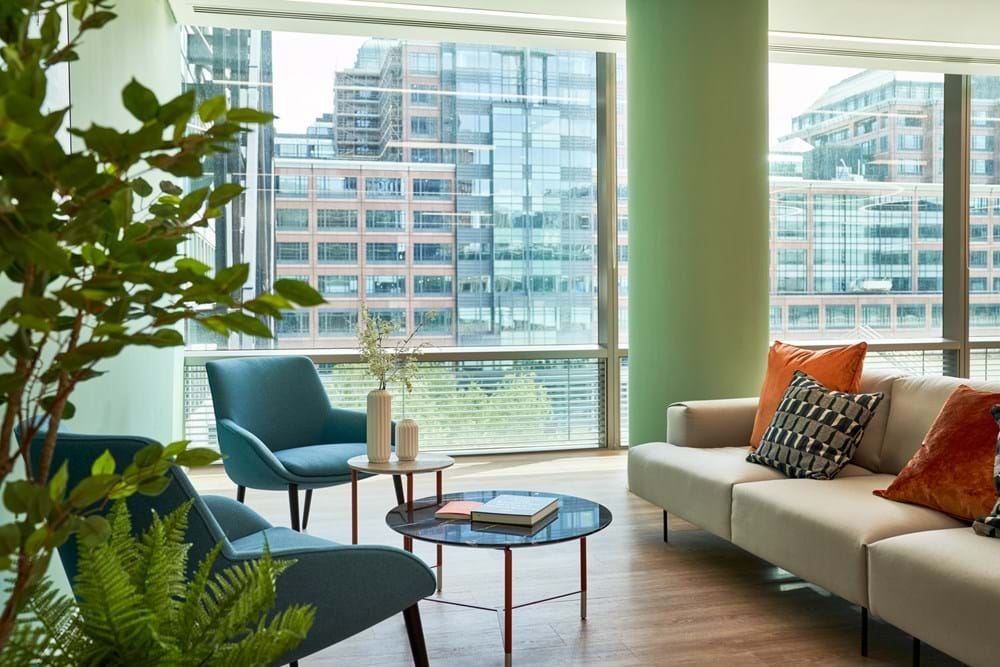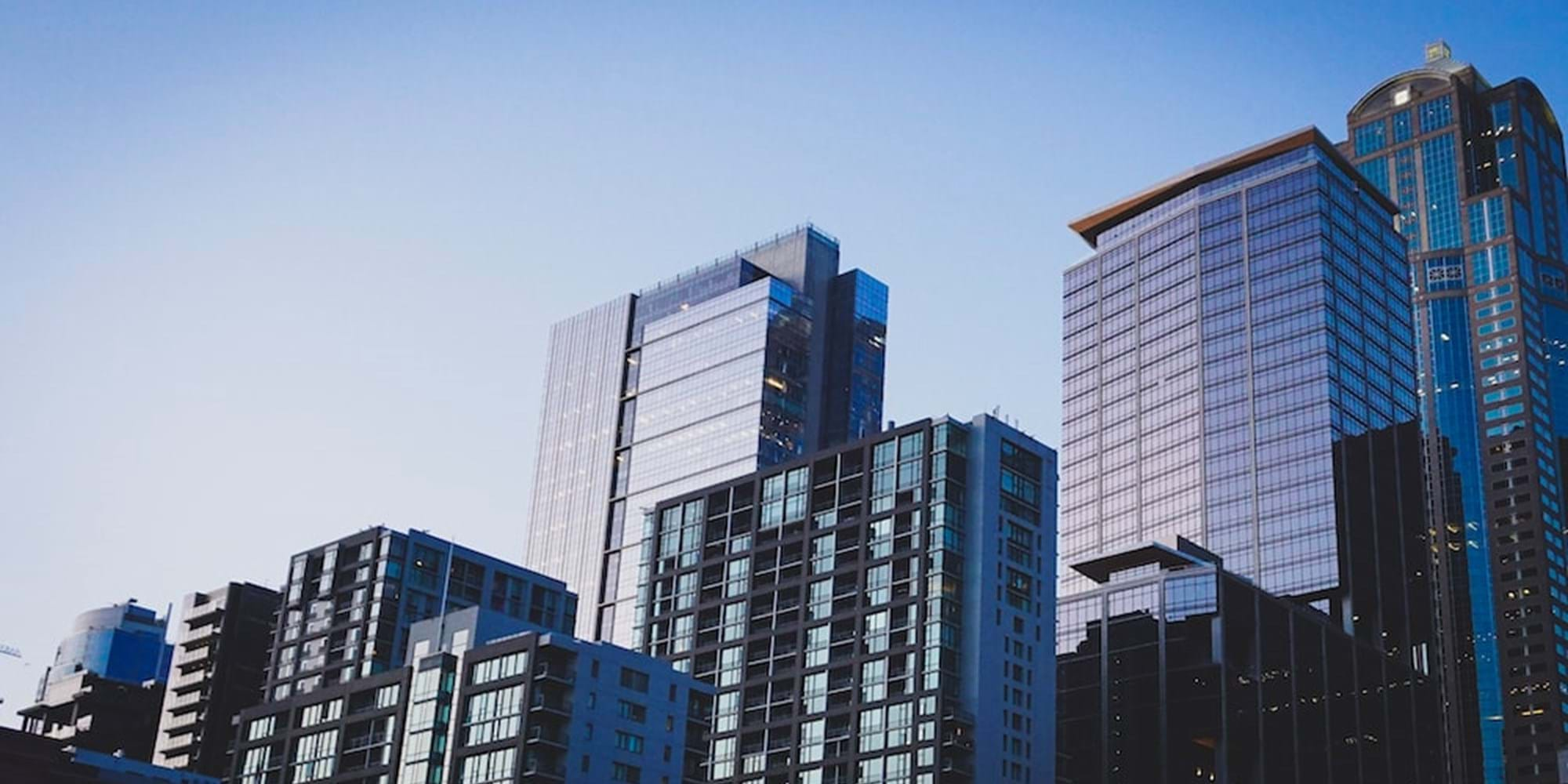What is the future of workplace real estate?
The future of the workplace is an ongoing conversation, and one that is challenging to conclude. We have consumed a plethora of opinions and comments from industry leading experts over the past year regarding the status of the workplace in terms of real estate. As a result we have gathered together the key recurring topics to make a bitesize and digestible article which sheds a light on the big question: What is the future of workplace real estate?
First let's think about occupiers, the companies that own or lease space to their employees for example. Occupiers will need to re-evaluate their real estate strategies for competitive advantage and try to decipher those key moments that matter for coming together in person. Flexible working is here to stay, and occupiers must account for this to allow for financial success.

Flexible working also seeks to appreciate the value of physical touch and human presence. Strengthening employee connections, onboarding new hires and improving social capital are all examples of activities which are arguably better off taking place together in one place. Perhaps this calls for what can be referred to as 'third spaces', such as coworking spaces and on demand meeting and events space.
So what about the future in the perspective of the owner/operator?
Firstly, there will be a decline in demand for traditional office spaces, with a lot of today's offices being unsuitable for meeting the flexibility needs of future occupants and employees. The result of which is a surplus of office space and a scarcity of space designed and built for a flexible future.
Picture this: A large open plan workspace, filled with hundreds of people all on Teams calls to other people….it's just not sustainable. The future workspace requires a different layout, recognising the need for private bookable meeting rooms, not just for one person but for groups of people. It will also require a focal gravitational point, in which employees can connect effortlessly and naturally, allowing the development of social relationships. Arguably the most important aspect of this future working landscape will be the seamless interconnectivity of both the physical and the virtual workspace.
Many companies were taking steps towards being more efficient with their real estate portfolios prior to the pandemic, this has only accelerated. With this in mind companies are able to reinvest their real estate savings to better technological tools, enhancing employee experiences.
This summary is based off of the article 'What is the future of workplace and retail real estate?' by Frederico Marafante.
